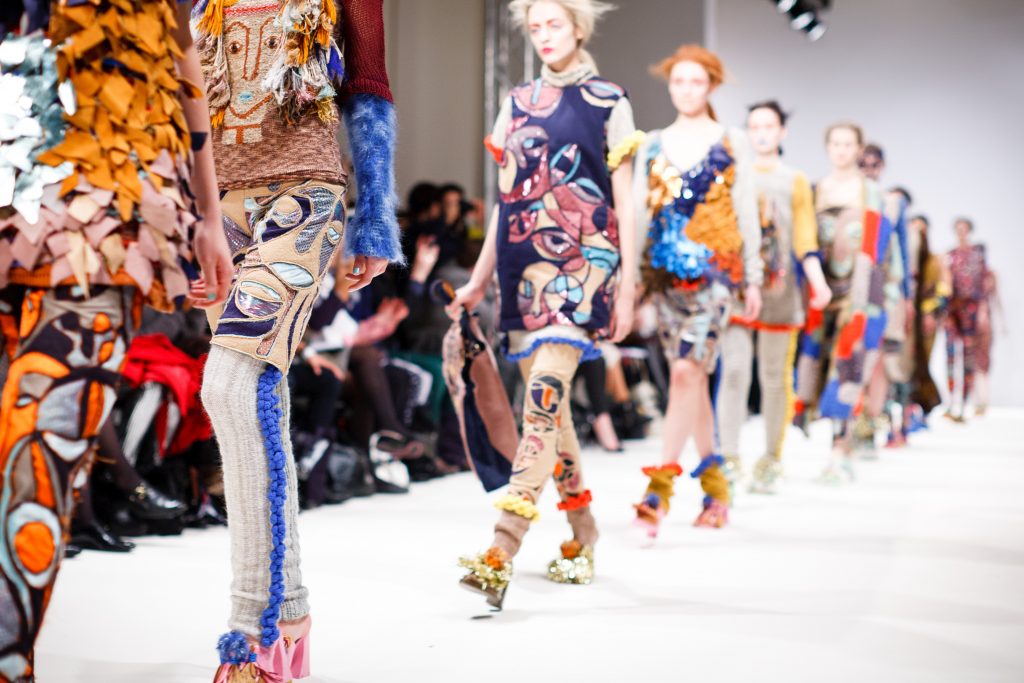Fashion Translation, it’s all in the message
New York, London, Milan and Paris have been the most prominent and historical fashion capitals since the birth of fashion week in 1943 in New York with the main objective to promote American fashion during the occupation of France, and then it quickly spread to the Fashion capitals of the world. Let’s touch on some of the background before delving into the importance of fashion translation.
While the fashion scene turns more multipolar in the 21st century, other centres like Beirut, Berlin, Los Angeles, Madrid, Rome, São Paulo, Shanghai, Sibiu and Tokyo host important fashion weeks.
Fashion weeks attract people from different countries and often not only the ones who work in the industry.

Fashion is one of the most vital for the worldwide economy since it has never known a real crisis, and it keeps on growing also thanks to events like fashion shows, which contribute to make the sector more and more exclusive but at the same time also suitable for all, at least to be kept updated with the last trends. In fact, fashion shows are virtually open to everyone, even if the ticket’s price says something different.
In order to easily understand the influence fashion shows have on the economy, here are some data: the New York Fashion Week makes approximately 900 million of dollars, followed by Paris Fashion Week, 430 million of dollars; Milan Fashion Week, 16 million of dollars, and last but not least, the London Fashion Week, 39.5 billion of dollars, as the only impact the show has directly on the economy, excluding the effect on tourism and online fashion industry.
Looking at these figures, it comes naturally considering Fashion as one of the strongest branches of the economy, and it is for this reason that the importance of translation and localisation should not be underestimated. First of all, because English is not so spread on the Global Market as it could be thought. In fact, only the 28% of people online speak English, whereas the majority prefer to use their own native language. You can refer to our post about luxury translations.
This makes the diffusion of fashion language a little hard, and, above all, communication with customers is complicated by cultural differences, which can make the difference while choosing a brand instead of another or imposing a new trend.
We could use as an example the case of the rising Tokyo Fashion Week which is in many areas as good as the other events all over the world, but because of a lack of a fashion translation and localisation strategy, is struggling to impose itself as an alternative in contrast to the other, better known, shows.
Brands working in a global market need to be sure that their translated messages promote their ethos and beliefs while remaining sensitive to local, cultural, and social expectations. This is exactly what localisation and transcreation services are designed to do.